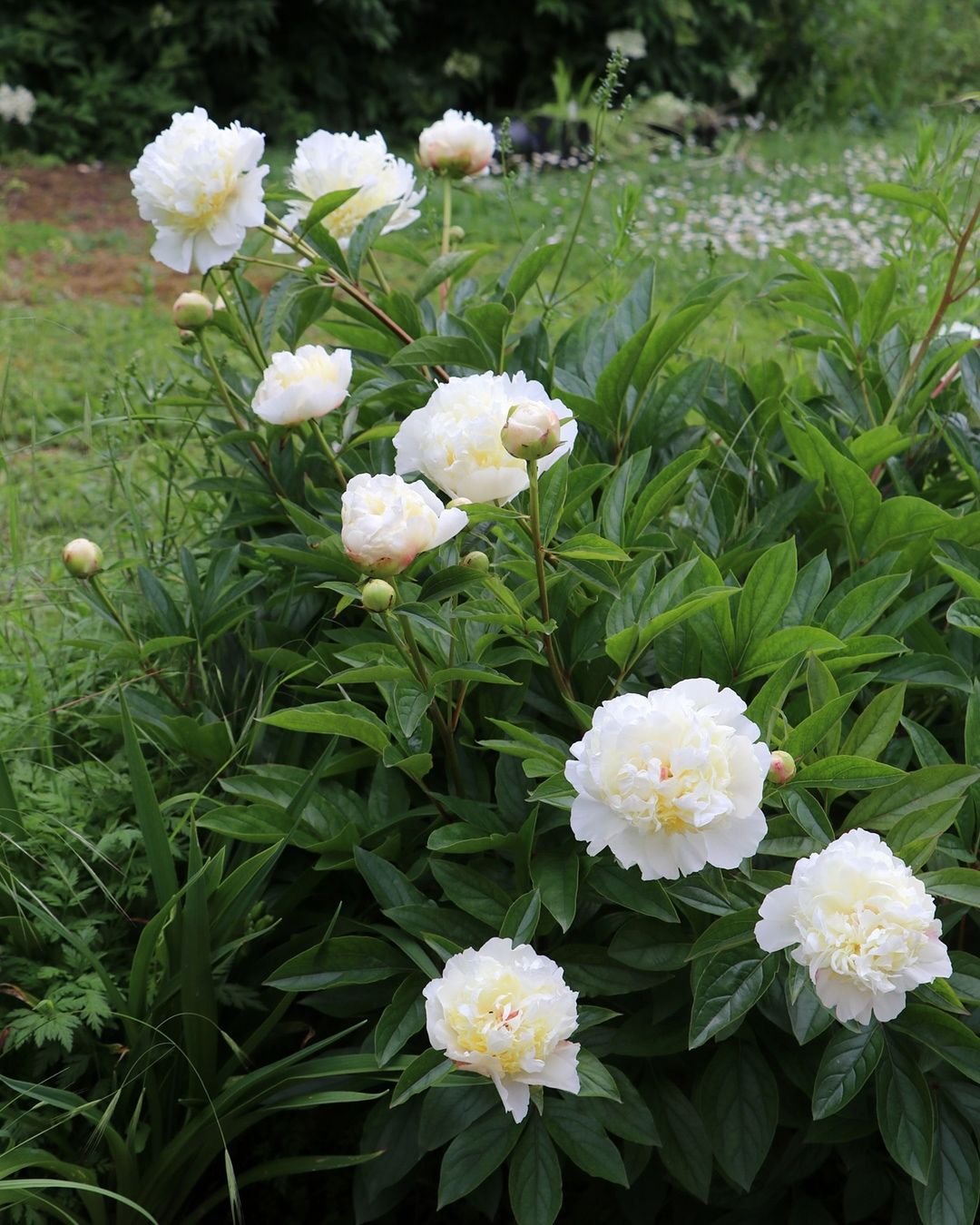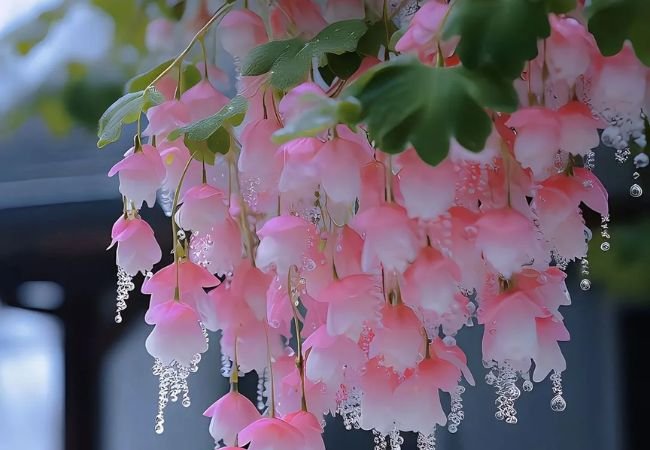The Complete Guide to Growing Gorgeous Peony Flowers
Peony flowers are classic, long-lived perennials that reward gardeners with stunning, fragrant blooms each spring. Discover how to plant the ideal peony variety for your garden and provide the proper care for years of generous flowering. With this complete guide, you’ll learn all the tips for growing lush, healthy peonies that come back bigger and better every season.
Peony flowers are the quintessential old-fashioned flower that has been delighting gardeners for centuries. With lush, fragrant blooms in beautiful shades of white, pink, red, yellow and even blue, it’s no wonder these long-lived perennials are beloved across the United States.Unlike many trendy plant varieties that surge in popularity and then fade away, peonies have graced gardens since the 1800s, and for good reason. These tough, reliable plants are extremely hardy, with some varieties surviving over 100 years. They are also nearly pest and disease-free, both beautiful and durable.
Beyond their iconic blooms, peonies have lush green foliage that makes them prized landscape plants. Some varieties are even grown as small shrubs or “intersectional” crosses that combine the sturdy traits of tree peonies with the classic flowers of herbaceous types.Whether you have a small garden or plenty of space, adding a few peony plants is an easy way to enjoy their beauty and fragrance each spring. With relatively simple care requirements, growing peonies is both rewarding and enjoyable.
In this complete guide, we’ll cover everything you need to successfully grow peony flowers, including selecting varieties, planting techniques, ongoing maintenance and ways to best enjoy these long-lived perennials each season.
Here’s an easy chart for Peony flowers:
| Aspect | Information |
|---|---|
| Botanical Name | Paeonia spp. |
| Common Name | Peony |
| Plant Type | Perennial |
| Zones | 3-8 |
| Sun Exposure | Full sun to partial shade |
| Soil Type | Well-draining, fertile, loamy soil |
| Watering | Moderate; keep soil consistently moist, especially during growing season |
| Bloom Time | Late spring to early summer |
| Flower Color | Wide range: white, pink, red, yellow, purple, coral |
| Height/Spread | 2-4 feet tall, 2-4 feet wide |
| Special Features | Fragrant, long-lived, attractive to pollinators, excellent cut flowers |
Choosing the Right Peony for Your Garden

While the iconic peony flower is often thought of as one simple type of plant, there are actually several different varieties to choose from.The most common peony is the herbaceous “garden” type, which dies back to the ground each winter before resurrecting gloriously in spring. These plants come in a range of shades like white, pink, red and yellow.
Then there are the tree peonies, which are actually woody bushes with large, colorful blooms. These require less overall care but may not flower as prolifically.
Some specific cultivars to consider include:
- ‘Festiva Maxima’ – Large, classic white double bloom. The most popular variety.
- ‘Bowl of Beauty’ – Pink/lavender/white petals with red flares
- ‘Coral Charm’ – Smaller semi-double flowers in a peachy-pink shade
- ‘Red Magic’ – Bright crimson red blooms on compact 2-3 ft plants
- ‘Black Pirate’ – Deep burgundy flowers with even darker centers
- ‘Bartzella’ – Vivid gold flowers on intersectional hyrbid plants
No matter which type or color you choose, be sure to match your selected peony to your local climate. These plants like lean, slightly acidic soil and need a winter chill to trigger blooming.
Planting Peonies
Peonies are best planted in late fall, around the same time you would plant tulip bulbs. This gives the roots a chance to get established over the winter so the plant is ready to sprout in spring.Choose a planting location that gets at least 6 hours of sunlight per day. Peonies thrive in full sun once established but benefit from some high afternoon shade in hotter climates.
Prepare the planting bed by mixing in aged compost or manure to improve drainage and fertility. Dig holes that are 3 feet wide and 2 feet deep, spacing each plant 4 feet apart.Place the bare roots into the planting holes, draping and fanning out the roots. The eyes or buds should be no more than 2 inches below the soil surface. Back-filling the holes, tamp down well to eliminate any pockets of air.
Water at the time of planting and continue watering regularly until the ground freezes in winter. Providing adequate moisture helps the peony roots to grow and establish.
Caring for Peonies
While not demanding plants, peonies do require some basic annual care to keep them healthy and flowering prolifically. Here are the key tasks:
Watering
Peonies need deep watering, especially in the spring around when their growth begins to emerge. Aim to provide 1-2 inches of water per week in spring and early summer.
Fertilizing
Applying a balanced fertilizer or compost each spring will give your peonies the nutrients they need for healthy growth. Avoid over-fertilizing which can lead to droopy plants.
Staking
As the plants develop each season, their heavy stems may need to be staked upright to prevent them from flopping over. Use peony rings or short stakes.
Deadheading
Remove spent blooms from plants after flowering to keep the plant focused on producing more buds for the next season instead of seeds.
Dividing
Every 3-5 years, you’ll need to dig up and divide peony plants to maintain performance. This also helps rejuvenate the clump and produce new stems.
Pruning
In early spring, remove any dead, damaged or overcrowded stems down to the ground. This keeps peonies tidy and promotes air circulation around the developing buds.
Mulching
Cover the base of peony plants each fall with a 2-3 inch mulch of leaves or aged compost. This protects the roots over winter.
As long as you follow these simple steps, your peony plants will bloom gloriously each spring for many years to come.
Enjoying Your Peonies
Peonies make excellent cut flowers and can last over a week once cut and brought indoors. Trim off the stem at an angle and plunge into a vase of water. Remove wilted blooms as they appear.To get the most from your peony plants, you’ll want to divide and transplant them every 3-5 years. This keeps the plants vigorous and prevents overcrowding. Do this in the fall as the plants enter dormancy.With consistent care, peony plants can live for decades, rewarding you with lush blooms each season. Whether planted in your perennial garden or used for cut flowers, these stunning bloomers are a classic springtime favorite.
So don’t be afraid to add a few peony plants to your garden – they are low-maintenance, long-lived perennials that will reward you with gorgeous flowers for years to come.







5 Comments